Navigation auf uzh.ch
Navigation auf uzh.ch
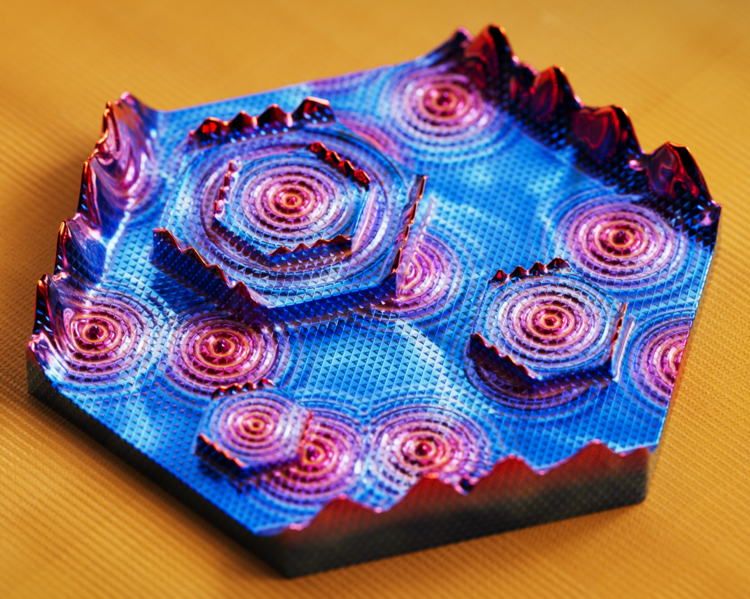
In collaboration with experimental researchers from Princeton University, the group of Titus Neupert unveiled a new topological state of an elemental arsenic. The work shows that arsenic is a “hybrid” topological material. As such, the 3D semiconductor has special conducting topological states on its surface, as well as a separate set of such states on the hinges of the crystal. Such states are envisioned to carry current at lowest dissipation in future electronic devices.
Based on the findings of this study, arsenic joins in a family of isostructural elements bismuth and antimony, which, respectively, support hinge and surface states only. The results are published in Nature 628, pages 527–533 (2024) (https://www.nature.com/articles/s41586-024-07203-8).
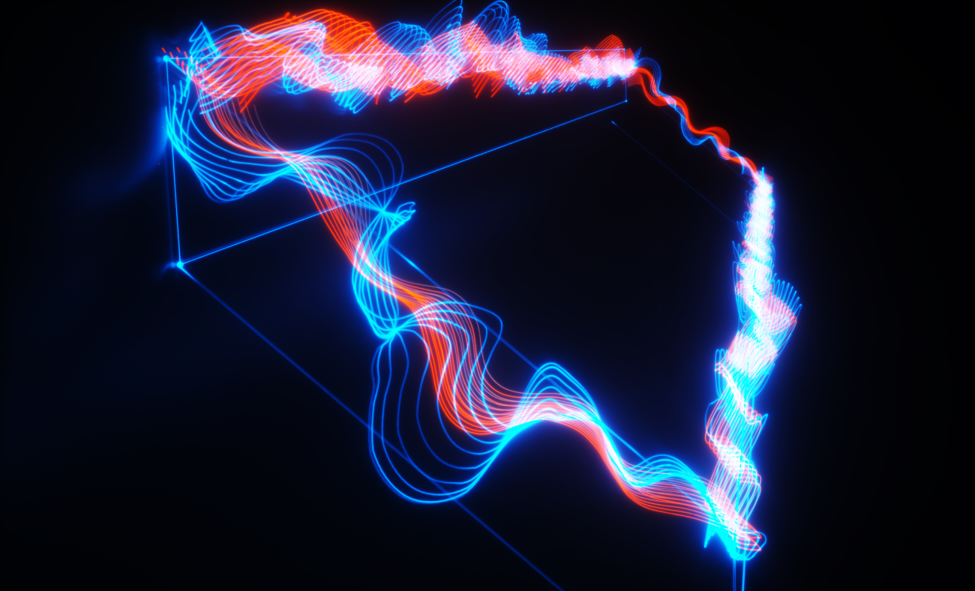
Experimentalists from Princeton University, in collaboration with Titus Neupert, have found evidence for quantum coherent transport along the crystal hinges of a topological quantum material. The material in question is bismuth bromide, a so-called higher-order topological insulator. The theory group of Titus Neupert had predicted the existence of such materials in 2017, with various proposed material systems probed with different experimental techniques over the past years. The common feature of such higher-order topological insulators are conducting channels on the crystal hinges which are carrying current free of dissipation. As such, they could be used in future electronics.
The present experiment, for the first time, demonstrates quantum coherent transport through such hinge modes, by demonstrating so-called Aharonov-Bohm oscillations of the conductivity in a magnetic field. While the experiment does not prove the dissipationless nature of current flow, it demonstrates that the current is clearly concentrated at the crystal hinges.
Reference:
Quantum transport response of topological hinge modes
S. Hossain et al., Nature Physics (2024)
https://www.nature.com/articles/s41567-024-02388-1
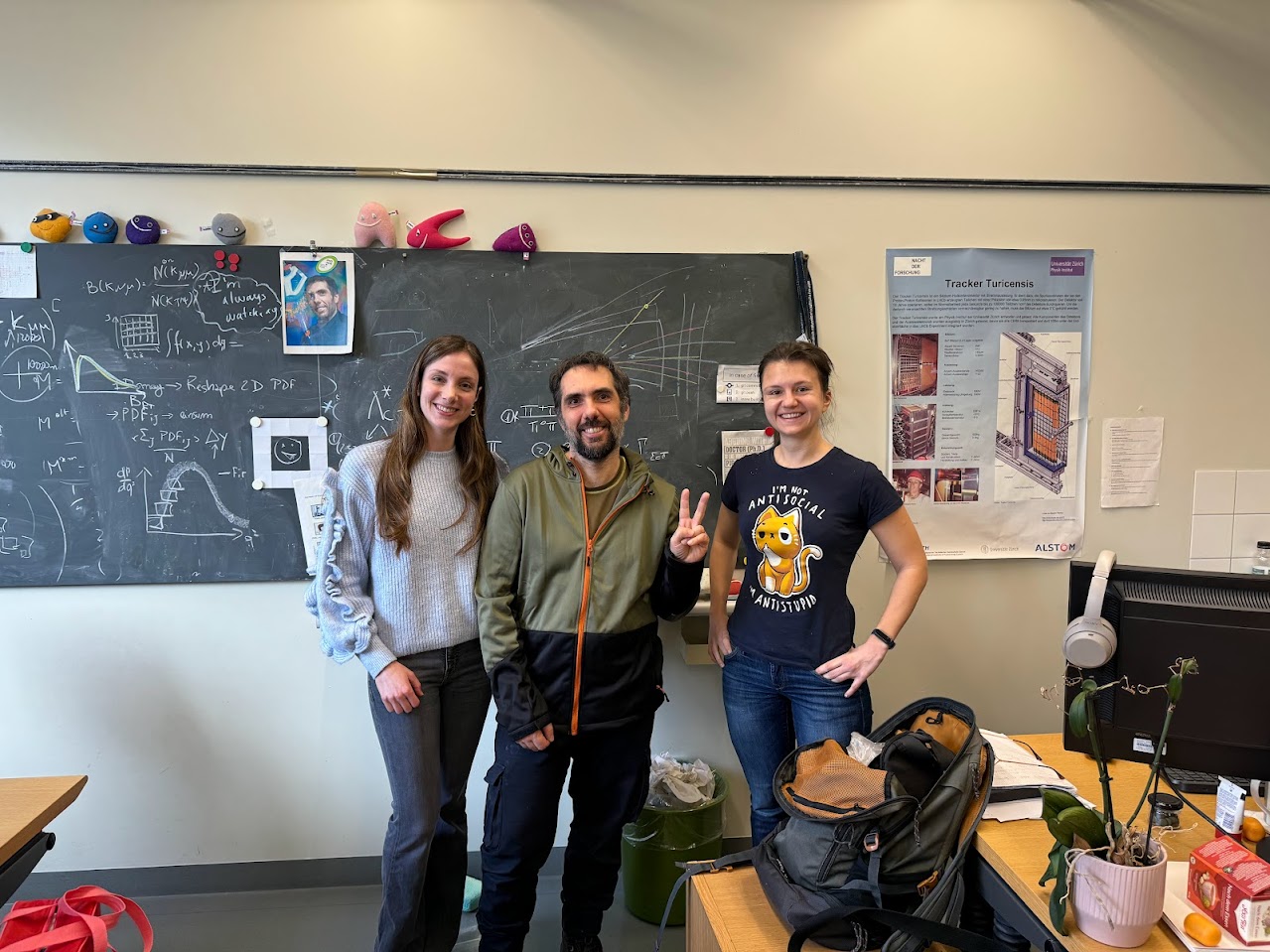
Just over ten years after its initial proposal, the SHiP experiment has been approved by the CERN management to start data taking in the next decade! The SHiP experiment is designed to search for extremely weakly interacting particles by using an incredibly intense beam of protons available at the LHC.
The experiment was co-founded by Prof. Nicola Serra and was supported by an SNF-Starting grant in the design phase, where Martina Ferrillo (left) and Dr. Iaroslava Bezshyiko (right) made vital contributions. The approval of the CERN management moves the experiment into the finalization of the design and construction phase – what an exciting time to be part of the experiment!
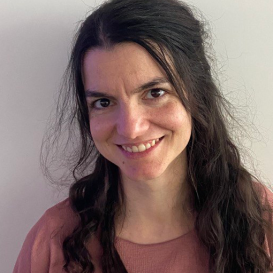
As of March 1, 2024, Lidia del Rio joins the Department of Physics as an independent PI, the Essentia Foundation Research Fellow for Quantum Information Theory, funded by the Stichting Essentia Foundation. Dr. del Rio’s research interests are on quantum information theory and foundations of physics. Furthermore she will be invested in outreach and science communication projects at UZH and beyond.
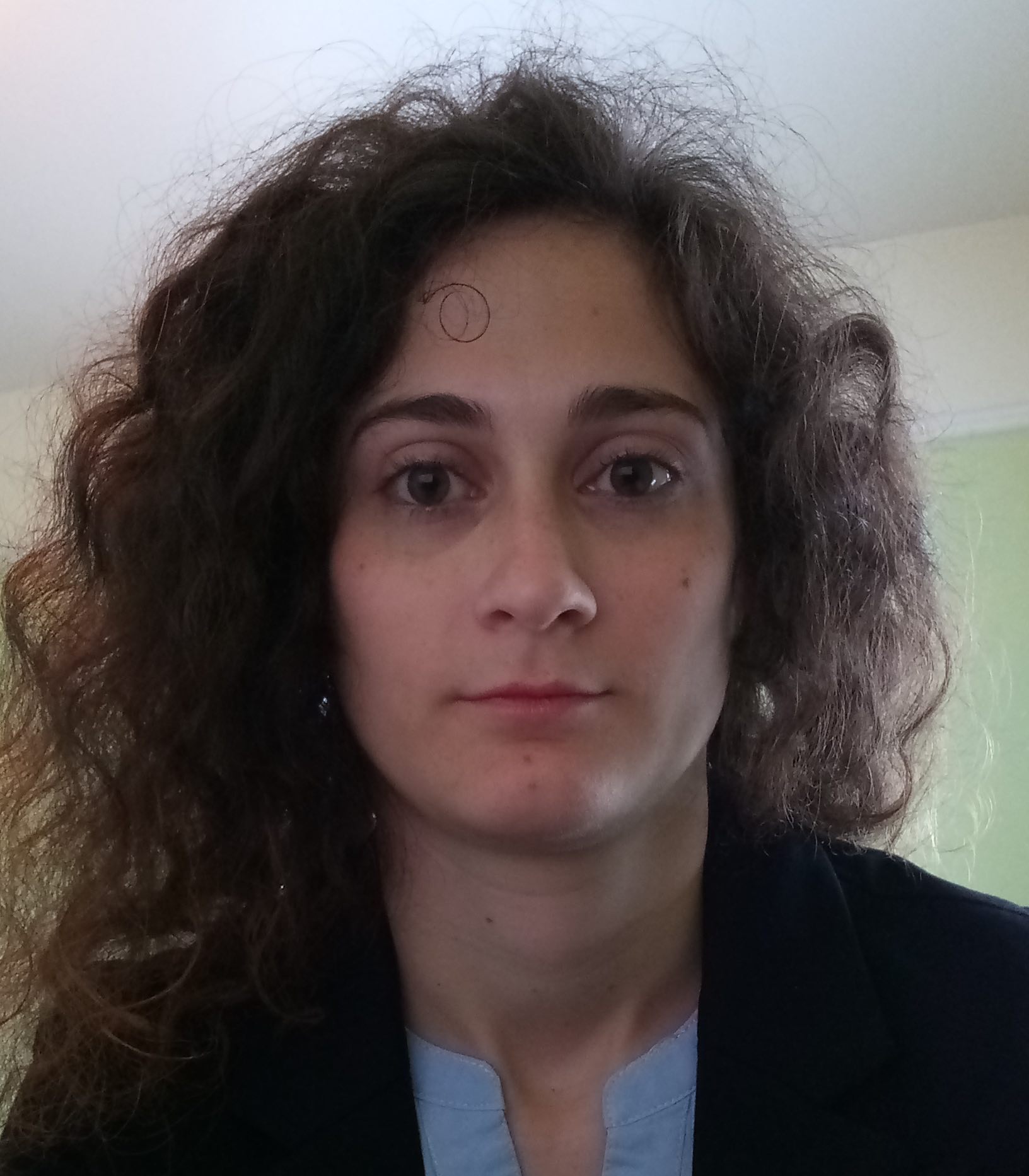
As of March 1, 2024, Dr. Chiara Capelli joins the Department of Physics as an Ambizione Fellow in the group of Laura Baudis. She will work on optical measurements and weak decays searches with liquid xenon detectors.
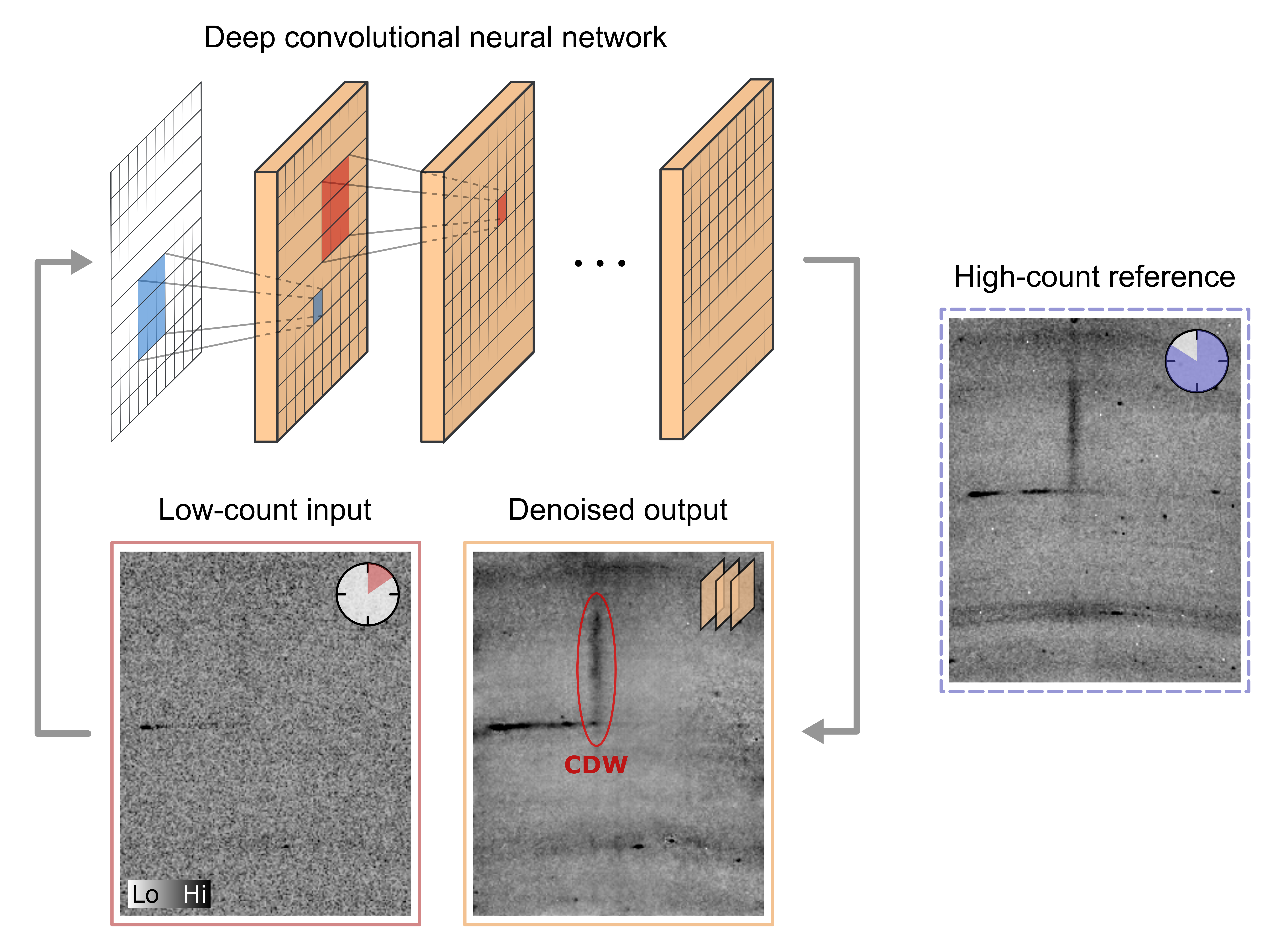
A recent publication in Nature Machine Learning by the groups Neupert, Natterer and Chang shows how weak signals can be extracted by neural network denoising
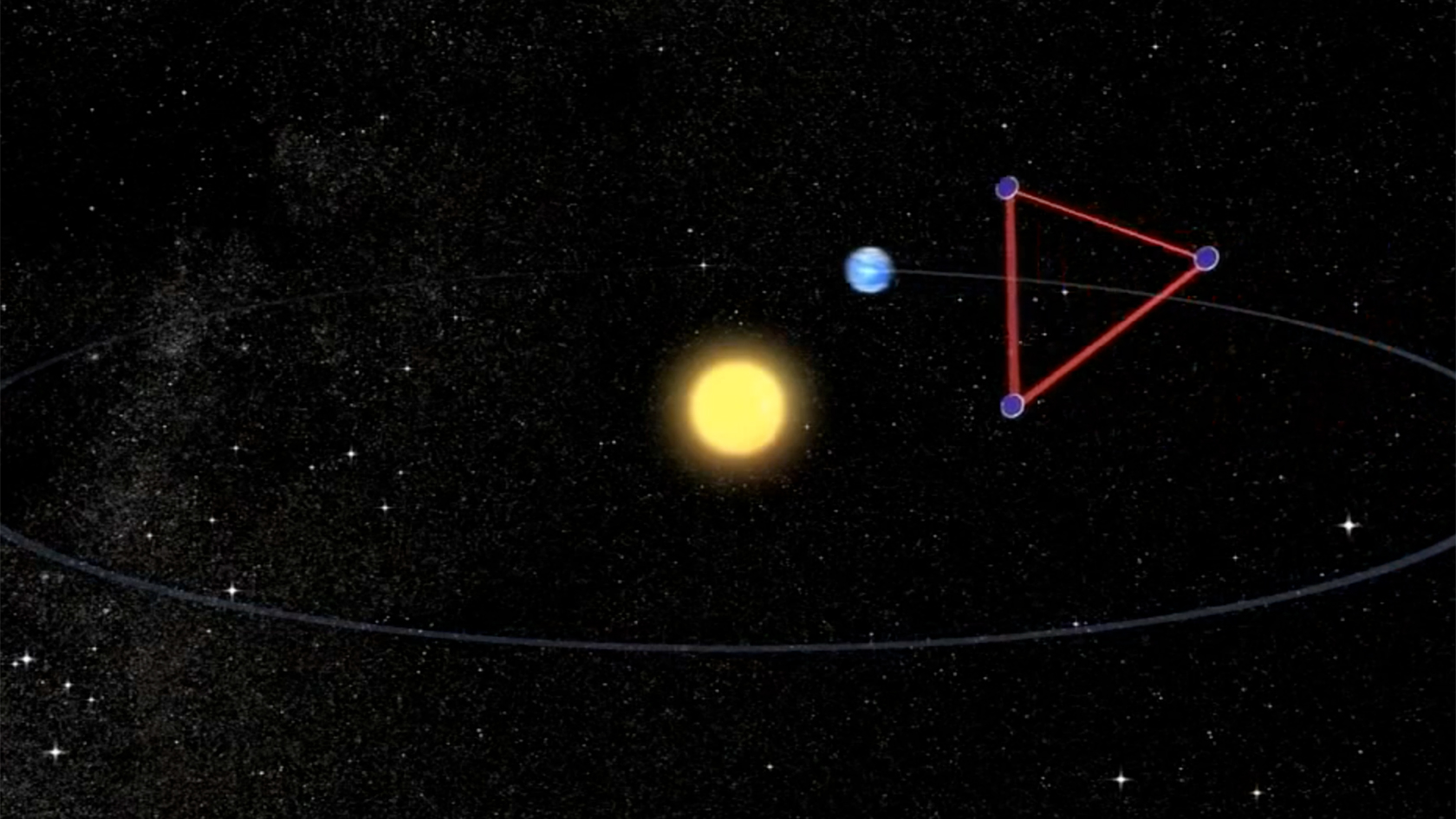
The LISA (Laser Interferometer Space Antenna) mission to investigate gravitational waves in space has successfully completed the preliminary studies and testing phase. This ESA project has thus reached a major milestone: it has passed the stage of intensive testing by experts in the Mission Adoption Review process.
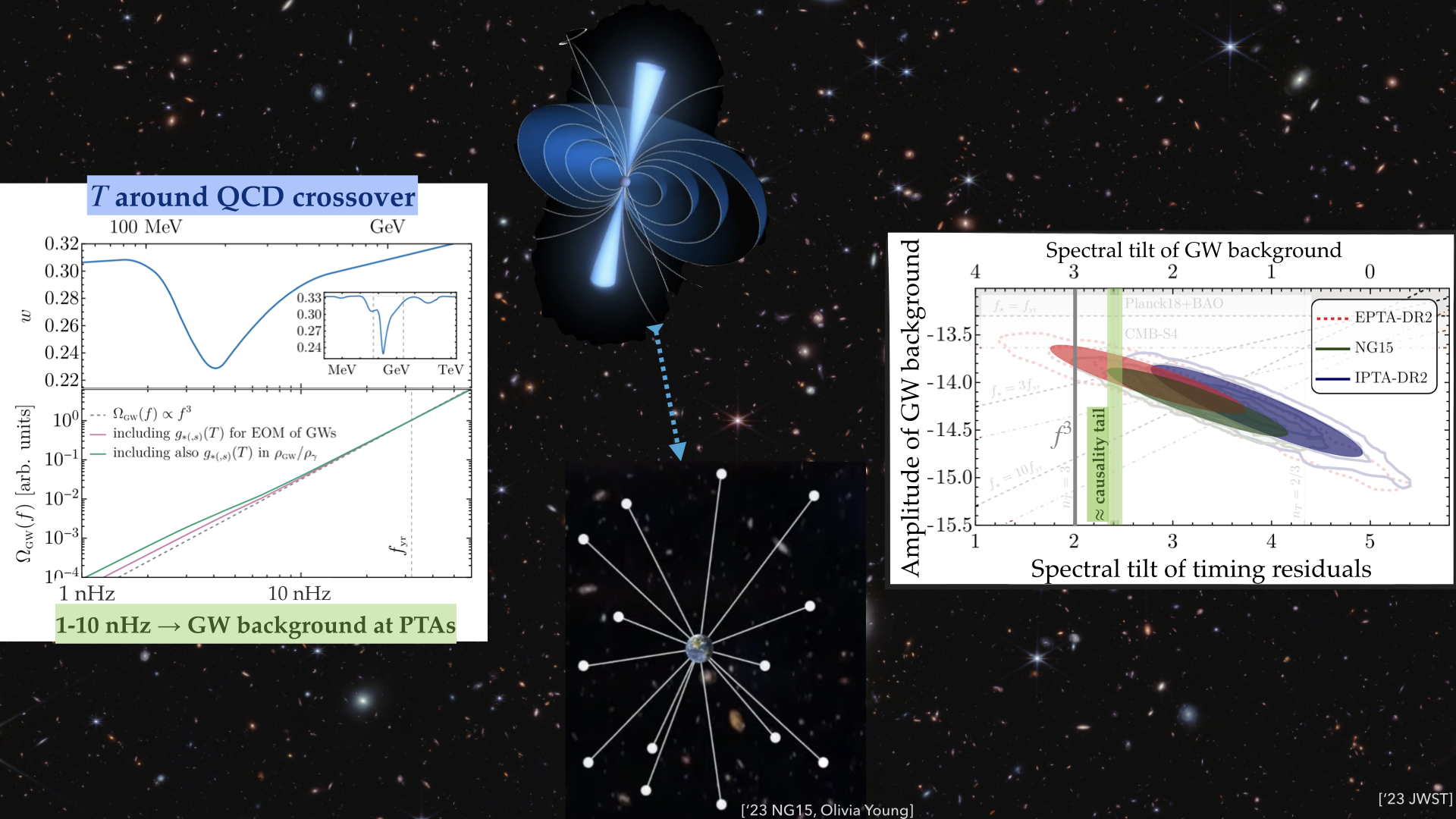
The work “Footprints of the QCD Crossover on Cosmological Gravitational Waves at Pulsar Timing Arrays”, by Dr. Davide Racco and his collaborators Dr. Gabriele Franciolini and Fabrizio Rompineve, has been awarded with the third prize of the Buchalter Cosmology Prize.
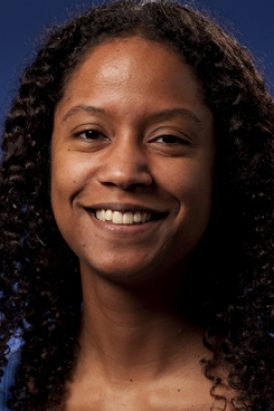
Prof. Marcelle Soares-Santos will work in observational cosmology with cosmic surveys and gravitational waves
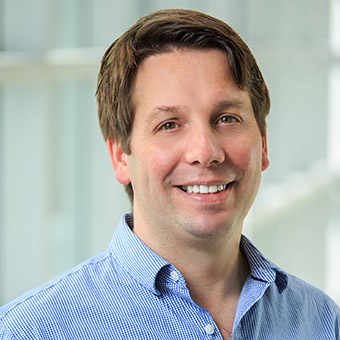
Prof. Bjoern Penning will work on Dark Matter searches with the LZ experiment
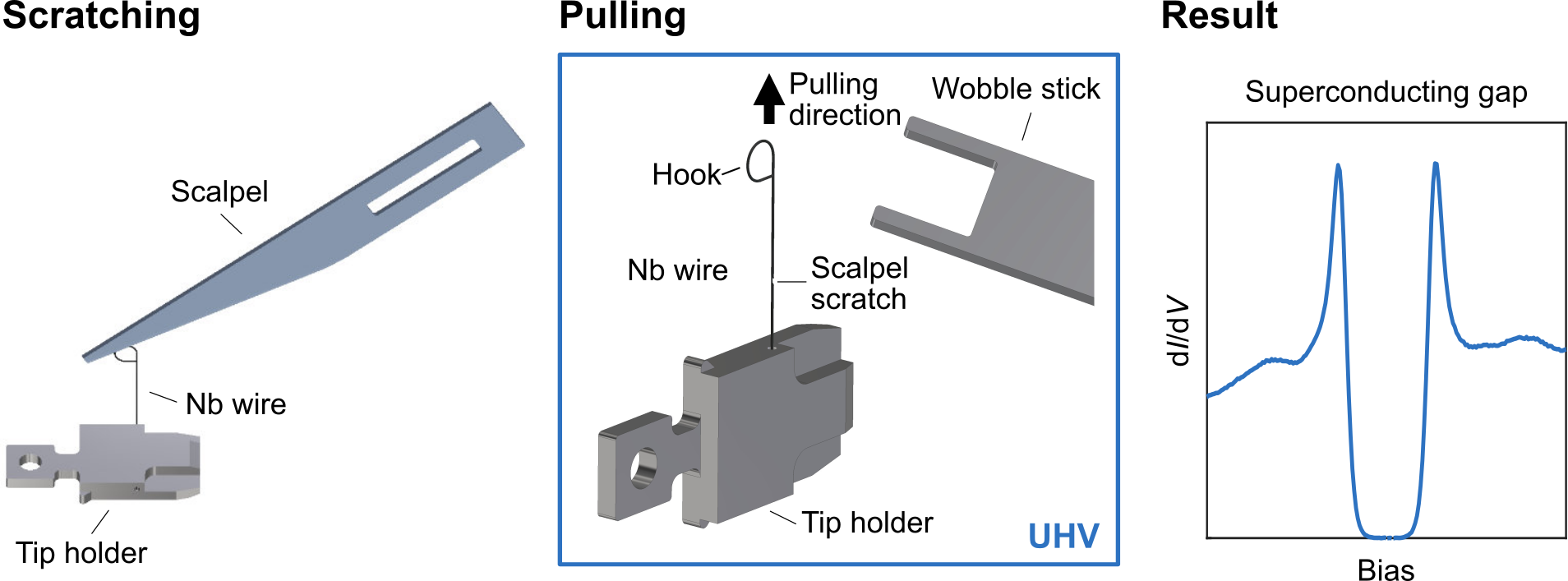
The first 1st-author publication of Carolina Marques (group Natterer) describes vacuum cleaving of superconducting niobium tips to optimize noise filtering and with adjustable gap size for scanning tunneling microscopy.
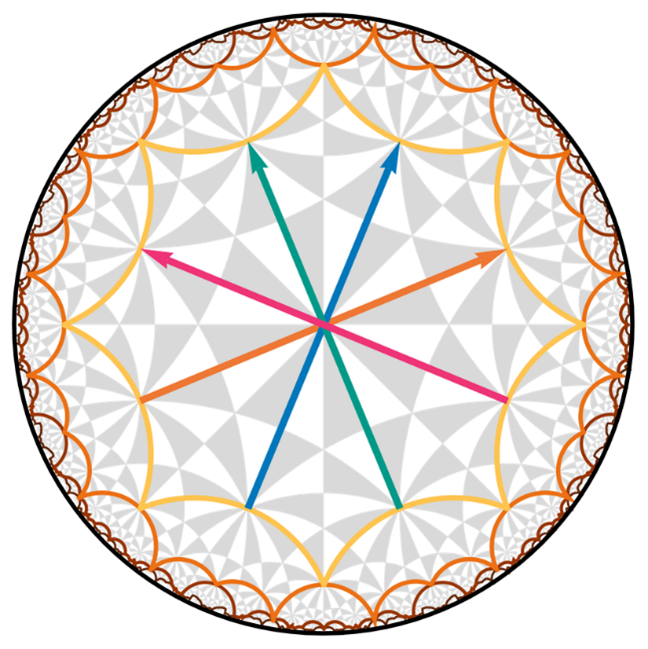
In their latest PRL work, the Bzdušek group formulates a novel method for efficient modelling of hyperbolic lattices. Simultaneously, two associated software packages have been publicly released to make the technique accessible to the broader community.
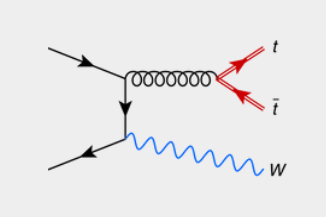
Congratulations: The paper on Wtt production has been published on PRL as Editors’ suggestion!
The production of a top-antitop quark pair in association with a W boson (t¯tW) is one of the heaviest signatures currently probed at the Large Hadron Collider. Since the first observation reported in 2015, the corresponding rates have been found to be consistently higher than the standard model predictions, which are based on next-to-leading order calculations in the QCD and electroweak interactions. The paper present the first next-to-next-to-leading order QCD computation of t¯tW production at hadron colliders.